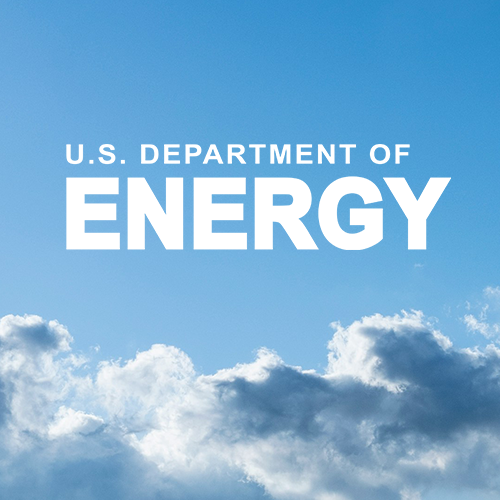
The U.S. Department of Energy (DOE) Office of Science Graduate Student Research (SCGSR) program is now accepting applications for the 2024 Solicitation 1 cycle. Applications are due by 5 p.m. Eastern time Wednesday, May 1, 2024.
SCGSR application assistance workshops will be held at 2 p.m. Eastern on Thursday, March 7, and Thursday, April 18. The first workshop will provide a general overview of the program. The second workshop will provide guidance for the application and proposal process, and attendees will be able to ask questions.
Register for the March 7 workshop.
Register for the April 18 workshop.
Since 2014, the SCGSR program has supported awards to outstanding U.S. graduate students to conduct part of their graduate thesis research at a DOE national laboratory or host site in collaboration with a DOE laboratory scientist. The program seeks to prepare graduate students for scientific and technical careers critically important to the DOE Office of Science mission.
Priority research areas for SCGSR program applicants include Atmospheric System Research: Aerosol and Cloud Processes, Earth System Model Development: Computational Climate Modeling, and Regional and Global Model Analysis: Diagnostics for Water and Biogeochemical Cycles.
The Solicitation 1 information provides the following description of the Atmospheric System Research priority research area:
Cloud and aerosol feedbacks remain a large source of uncertainty in model projections of future climate change. Inadequate representation of the detailed processes controlling aerosol and cloud life cycles at the appropriate spatial scales inhibits our ability to predict changes to the Earth system and their impacts on energy and related infrastructure. Applications should target one or more of these climate-relevant processes that need to be better represented in Earth system models to improve the ability of models to confidently make projections: aerosol particle formation, growth, absorption, and aging; cloud microphysical processes such as ice nucleation, drizzle and precipitation formation, and phase partitioning; land-atmosphere interactions that impact aerosol and cloud formation; and interactions between clouds and the environment such as entrainment of air into clouds, convective initiation, cold pools, and organization of convective clouds on a range of scales. High-priority research efforts in atmospheric sciences within DOE’s Earth and Environmental Systems Sciences Division (EESSD) require new expertise in using observational data from the Atmospheric Radiation Measurement (ARM) user facility as well as high-resolution numerical models to advance predictive understanding of aerosol and cloud processes.
Applications for this topic should use observations and/or modeling tools supported by Biological and Environmental Research (BER) to study the aerosol and cloud processes outlined above. Examples of BER-supported observations and models include observations from ARM, the Weather Research and Forecasting model (WRF), the WRF model coupled to Chemistry (WRF-Chem), the Community Atmosphere Model (CAM), the Large-Eddy Simulation (LES) ARM Symbiotic Simulation and Observation (LASSO) activity, and the Energy Exascale Earth System Model (E3SM). Applications that couple atmospheric observations with numerical models for better understanding of atmospheric processes are encouraged. Applications that use artificial intelligence or machine learning (AI/ML) or advanced statistical techniques are also encouraged if doing so provides better understanding of atmospheric processes. Applications that improve the understanding of the above-listed atmospheric processes in the urban atmosphere are also encouraged.
The DOE Office of Science’s Office of Workforce Development for Teachers and Scientists sponsors and manages the SCGSR program in collaboration with the six Office of Science research programs, two research and development and production programs, and the DOE national laboratories/facilities.
More detailed information about the program, including other topic areas, eligibility requirements, and access to the online application system, can be found on the SCGSR web page.
# # #This work was supported by the U.S. Department of Energy’s Office of Science, through the Biological and Environmental Research program as part of the Atmospheric System Research program.

